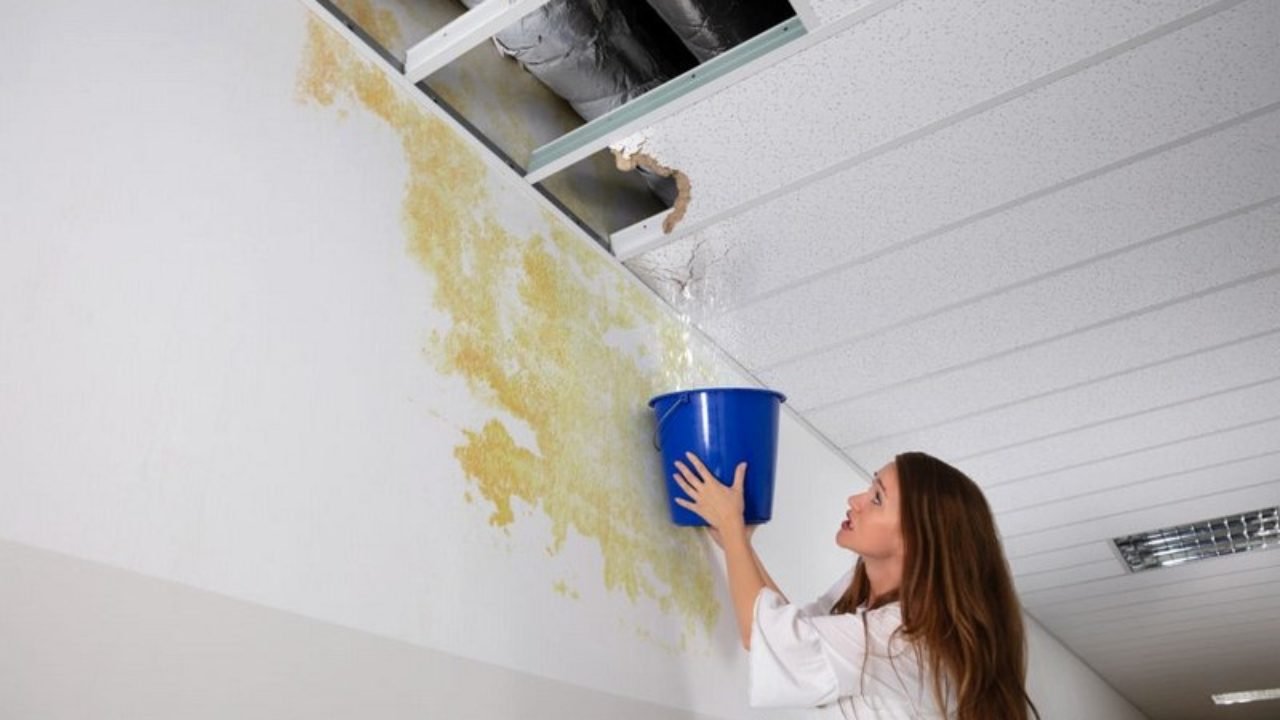Mastering the Six Most Common Water Leaks: Tips for Homeowners
Mastering the Six Most Common Water Leaks: Tips for Homeowners
Blog Article
Here down the page you can get a good deal of high-quality information regarding Most Common Causes of Leaky Pipes.

Leakages not just trigger waste of water yet can also cause unneeded damages to your house and promote unwanted organic development. Water leakages could go undetected because many of the pipework in our house is concealed. By looking and also understanding for everyday scenarios that trigger leaks, you can shield your home from future leaks and unneeded damages. Today, we will consider six leak triggers that may be creating your pipelines to leak.
Instantaneous temperature level adjustments.
Severe temperature modifications in our pipelines can cause them to increase and also get suddenly. This expansion and also contraction may create cracks in the pipes, especially if the temperature are below freezing. If you maintained an eye on how your plumbing works, it would certainly be best. The visibility of the formerly stated situations regularly indicates a high threat.
Rusty water supply
This could be the cause of staining or warping on your water pipelines. If our plumbing system is old, think about changing the pipes because they are at a greater risk of rust than the newer models.
Malfunctioning Pipe Joints
Pipe joints can deteriorate over time, resulting in water leaks. If you have loud pipelines that make ticking or banging sounds, especially when the warm water is turned on, your pipeline joints are probably under a great deal of pressure.
Encroaching roots
Most water leakages begin outside the home instead than inside it. You may see damp spots or sinkholes in your yard, and that may imply that tree roots are getting into water lines causing water to seep out.
Poor Water Connectors
At times, a leakage can be caused by loosened hoses and pipelines that provide your home appliances. In case of a water links leak, you may observe water running straight from the supply line or puddles around your appliances.
Blocked Drains
Clogged drains pipes may be aggravating as well as inconveniencing, yet they can in some cases end up triggering an overflow resulting in burst pipelines. Keep removing any materials that might decrease your drains that might block them to avoid such aggravations.
All the above are sources of leaks yet not all water leaks arise from plumbing leaks; some leakages might come from roofing system leakages. All leakages ought to be fixed right away to prevent water damage.
Leaks not only trigger waste of water but can likewise trigger unnecessary damages to your house and advertise undesirable organic growth. By looking as well as recognizing for everyday circumstances that cause leakages, you can protect your home from future leaks and also unneeded damages. Today, we will certainly look at 6 leakage creates that might be causing your pipes to drip.
At times, a leak can be triggered by loosened tubes and also pipes that provide your devices. In case of a water links leak, you might see water running directly from the supply line or pools around your appliances.
TYPES OF WATER LEAKS YOU SHOULD BE FAMILIAR WITH
Shower Fixture Water Leaks
If you notice a water leak near your shower fixture, perform an inspection to confirm if you are able to find broken caulk lines. As your shower fixture becomes older, it is not uncommon for water to leak onto the other side of the frame. To fix this type of plumbing leak, scrape off the old caulk and run a new bead of it around the shower fixture to seal up any fractured crevices and holes.
Bathtub Drainage Water leaks
To fix this type of leak in a bathtub, remove the drain flange and clean it. Next, you should also remove the rubber gasket located beneath the tub’s drain hole. Buy a replacement gasket that matches the old version and install it in the same location. Once the drain flange and rubber gasket are installed, apply a small amount of silicone caulk to the drain to prevent water leakage below your tub.
Water Pipe Leaks Behind Walls
Issues such as discolored grout and loose shower tiles may be caused by a water pipe leak behind the walls in your bathroom. To fix this plumbing leak, you will be required to remove the tiles, grout, or caulk in your shower. Once the tiles in your shower have been removed, perform an inspection of the drywall to confirm if it’s moist or wet. If you notice water marks or mold on the wall, this is an indicator of a water pipe leak.
Toilet Leaks
Nobody likes a toilet leak. It can cause water damage to the subfloor, joists, or even the ceiling in the room below. To combat this type of water leak, you will need to reinstall your toilet with a brand new ring of wax. If the toilet sits uneven, be sure to add toilet shims to correct the issue. Do you notice a broken bolt slot or flange? We recommend performing a new metal flange installation to remediate this issue.
Sink Water Leaks
To prevent damage to the beautiful counter tops in your kitchen or bathroom, tighten the base of your sink to prevent a water leak. Next, scrape away any old caulk around the sink and apply a fresh coat. Prior to using the kitchen or bathroom sink, you will need to secure the fixture to the countertop with the clips located beneath the sink rim to prevent a water leak.
https://www.fenwickhomeservices.com/blog/6-types-of-water-leaks-you-should-be-familiar-with/

Do you like more info about Most Common Causes of Leaky Pipes? Create a remark directly below. We'd be delighted to find out your views about this blog posting. We are looking forward that you come back again before long. Sharing is caring. One never knows, you will be doing someone a favor. Bless you for your time. Visit again soon.
Click Here Report this page